When you’re cutting acrylic materials, you need a laboratory bur that’s designed for longevity, durability and efficiency.
Acrylic is a tough material, but it can’t withstand extreme temperatures.The melting point for acrylic is 320°, so you also need a dental bur that generates little to no heat.
Komet’s got you covered with its all-white ceramic cutters that ensure gentle, intuitive and precise work in dental acrylics. Unlike tungsten carbide, ceramic lab burs don’t generate heat.
Available in three types of toothing, there’s an option available for any of your acrylic-cutting needs.
Hard Denture Acrylics
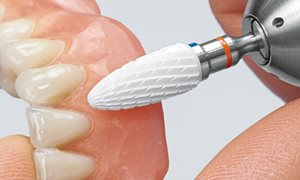
The ACR ceramic cutters offer excellent substance removal while being easy to control and resisting jamming. It features coarse staggered toothing for fast and effective shaping.
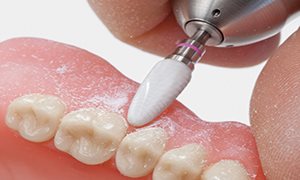
The EQ ceramic cutters are perfect for making corrections. They remove substance and smooth efficiently without changing instruments due to a dual working part, with medium staggered toothing at the lower end and fine cross-cut toothing at the tip.
Soft Acrylics
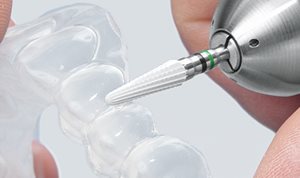
The GSQ ceramic cutters are ideal for materials that tend to clog due to its deep cross-cut toothing with large chip spaces and reduced number of blades. These lab ceramic burs are made to work on highly elastic materials for controlled surface shaping, effective cutting and optimal surface quality because of its specially designed geometry.
Curious about the shapes of ceramic cutters we offer? Check out the full product line
here!
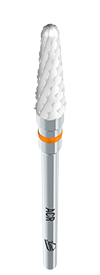
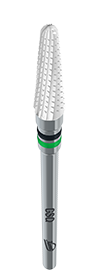
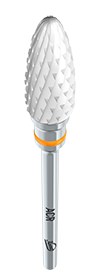

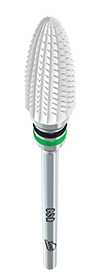
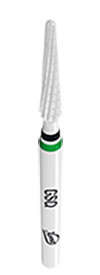
About The Author
 Hannah Bucciarelli
Hannah Bucciarelli
Komet USA’s Content Marketing Specialist
Hannah Bucciarelli has been the content marketing specialist at Komet USA since 2021. She focuses on copywriting, social media management and content management in the dental industry.